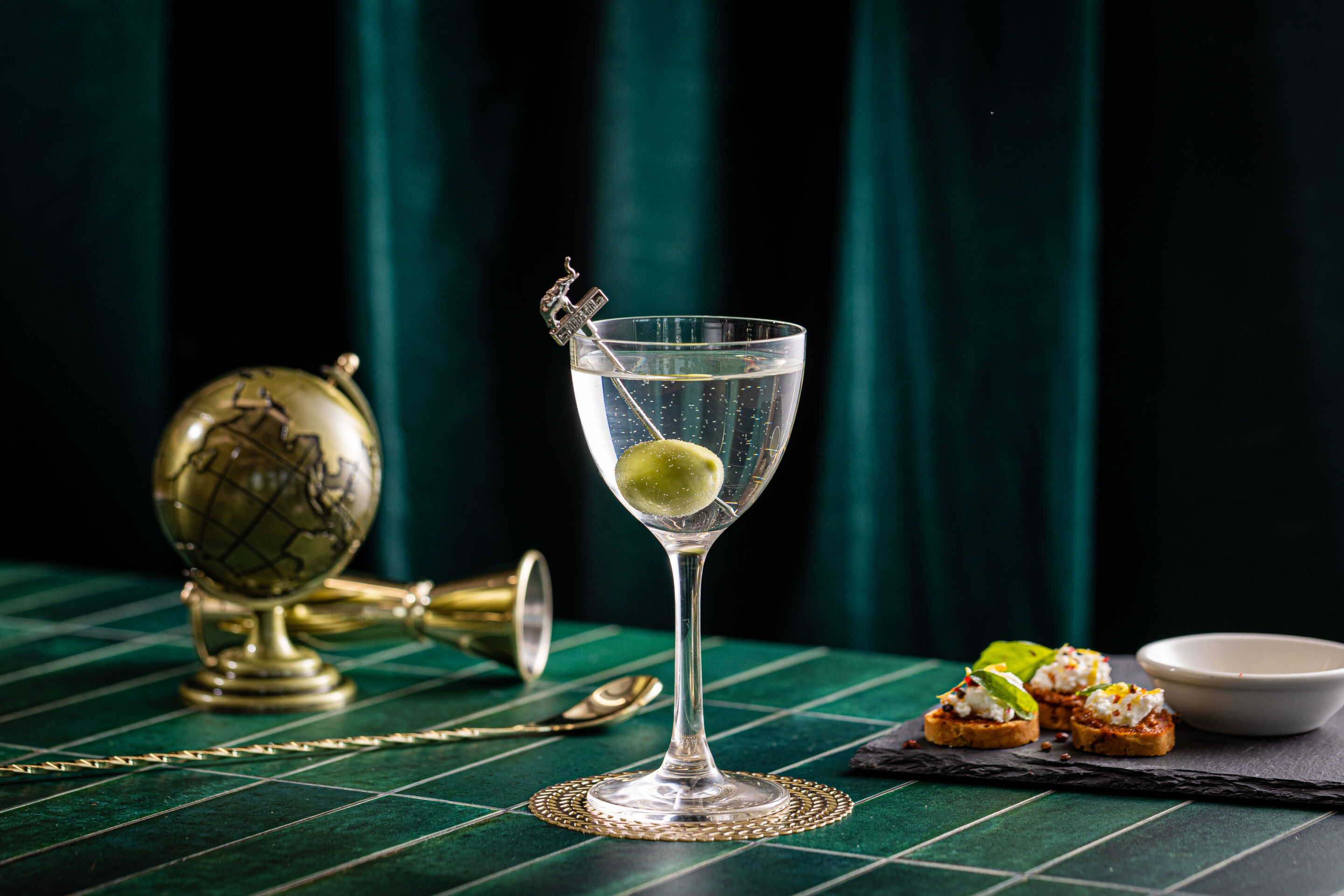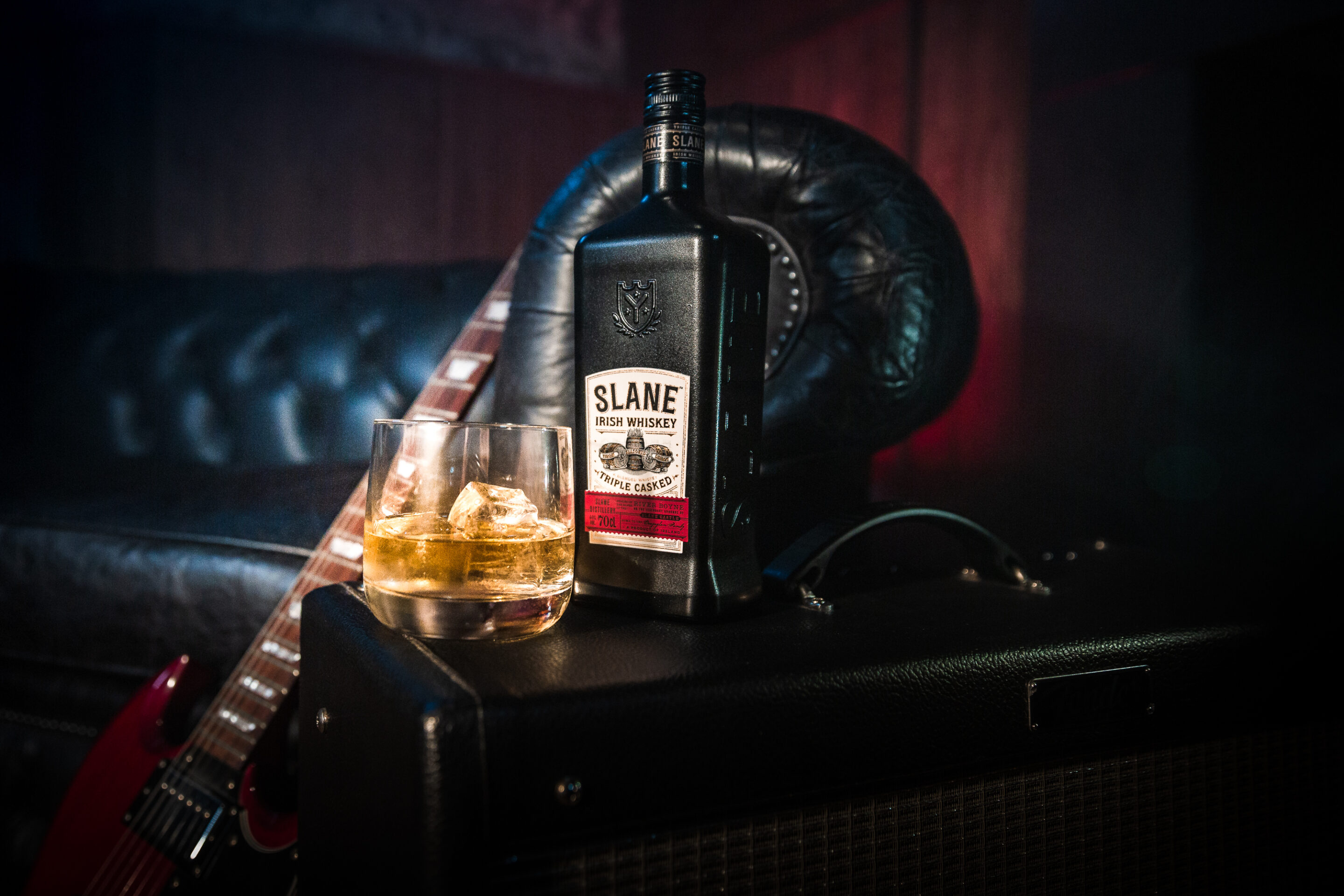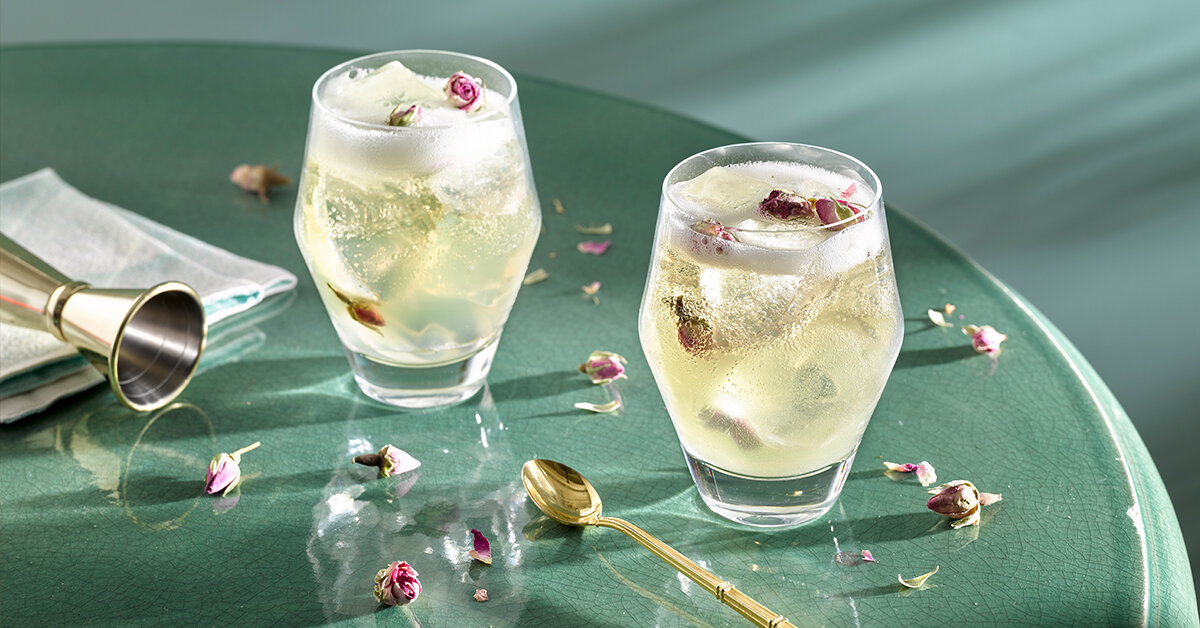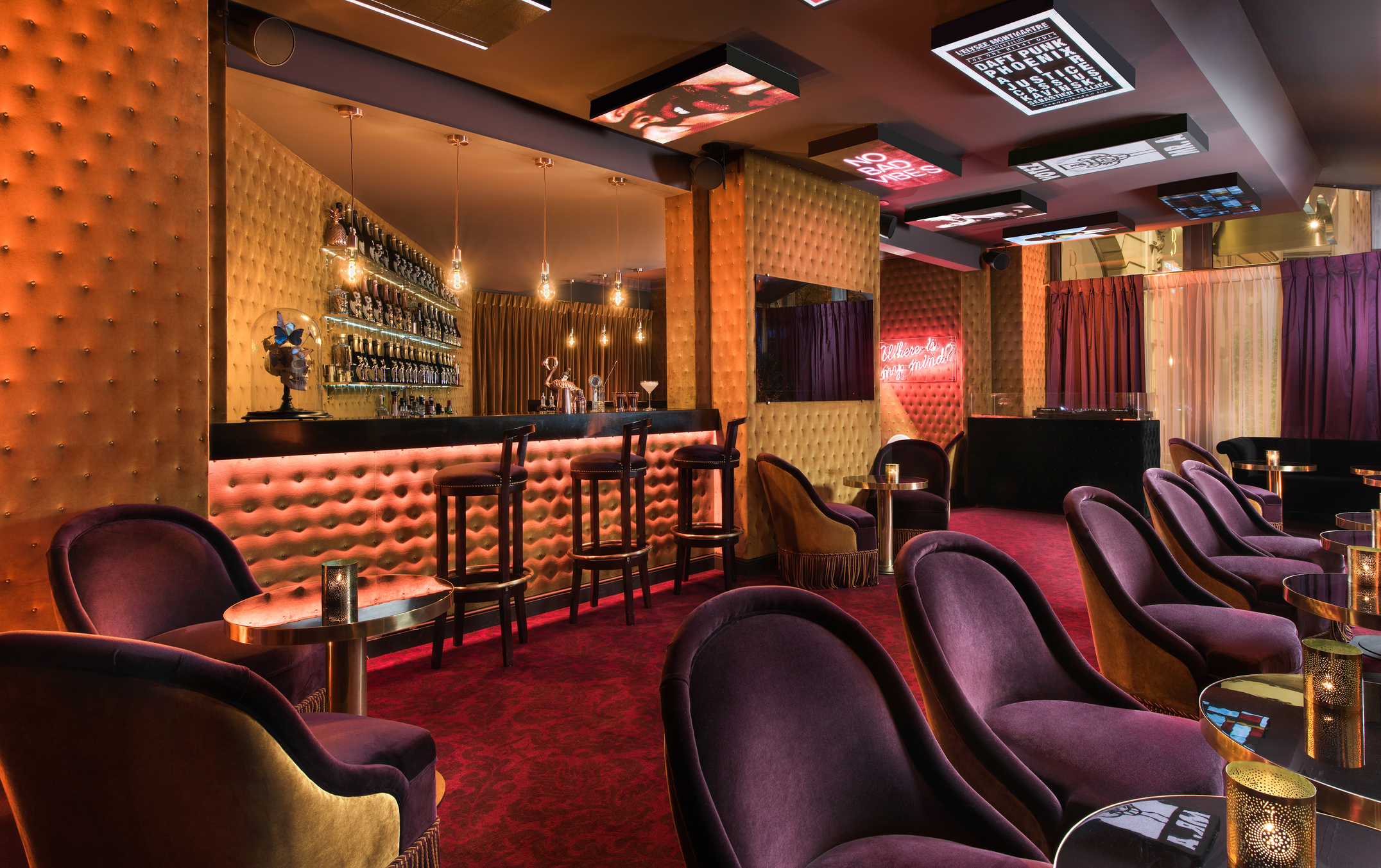If you want to learn about rum, head to Cuba. If you’re going to learn about gin, it’ll be in London. The Dutch may have invented the spirit, but the Brits made it theirs. RHC founder Rachel Harrison shares a brief history and takes us on a tour of the world’s best gin joints.
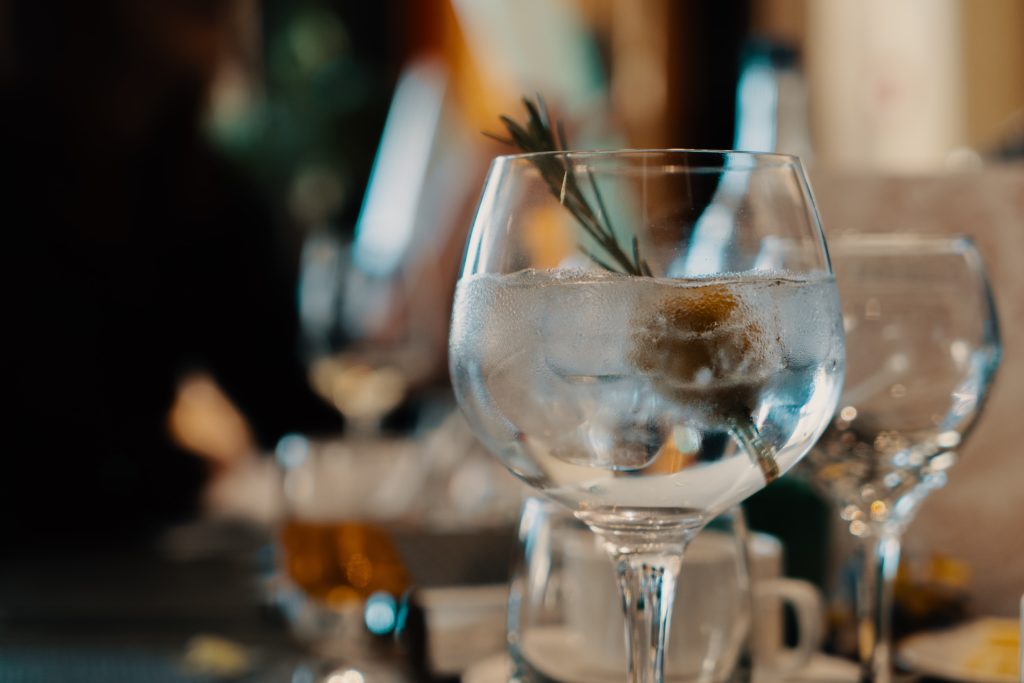
All I knew about gin before a friend asked me to launch Portobello Road Gin in the U.S. is that I like gin martinis. As a dedicated researcher, and an even more devoted drinker, I dove into the world of gin — its storied past, the complex legalities of gin-making, and the qualities that make each one unique. It became clear that if I wanted to understand gin, I needed to head to London — a spirited journey, if you will — to the town where the spirit found its place in history.
GIN: THREE SHOTS OF HISTORY
- In the late 1600s, King William II, who was Dutch, introduced gin, the juniper-derived spirit invented in Holland, to the English. Grateful Brits have since deemed the reign “the Glorious Revolution.” The UK government imposed heavy taxes on imported spirits (especially French Brandy) but allowed unlicenced gin production. Gin consumption soared.
- The gin craze took off in the 1700s. Thousands of gin shops popped up around London. Many used poor-quality grain to make their hooch. Gin, cheaper than other spirits, quickly became a favorite of the poor and almost as quickly blamed for the many social problems plaguing London at the time. Excessive gin consumption led to higher death rates, which, for better or for worse, stabilizes a quickly growing population. The Gin Act of 1736 levied a high tax on gin. People rioted in the streets.
- The British East India Company, acclimating to life in a tropical climate, discovered quinine as an antimalarial cure. Quinine dissolved in carbonated water becomes known as tonic water. A clever soldier made another discovery: gin added to tonic water masks the bitter taste of quinine. And thus, the gin and tonic was born. To keep us healthy.
GIN: A DRINKING TOUR
Now that you have your talking points in order, it’s time to start drinking.
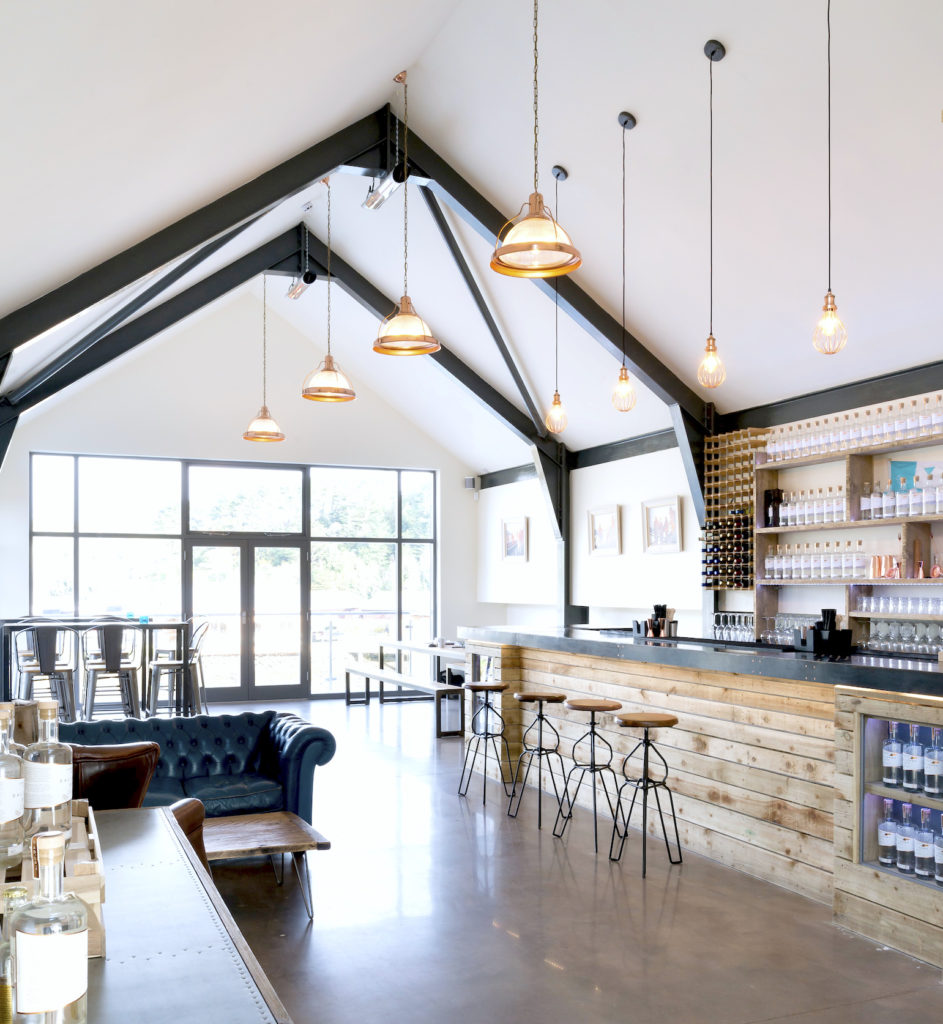
Salcombe Distillery
The Boathouse, 28 Island St, Salcombe TQ8 8DP, United Kingdom
One of the only distilleries in the world approachable by boat, everything here is inspired by maritime culture, old and new. Its flagship Start Point Gin draws its name from the iconic Start Point lighthouse that marked the beginning of the 19th-century voyages of the Salcombe Fruit Schooners, which carried exotic goods, fruits, and spices across the ocean. Salcombe Distillery houses a Gin School with a renovated boathouse-turned-bar that overlooks the beautiful distillery in one of England’s most idyllic resort towns.
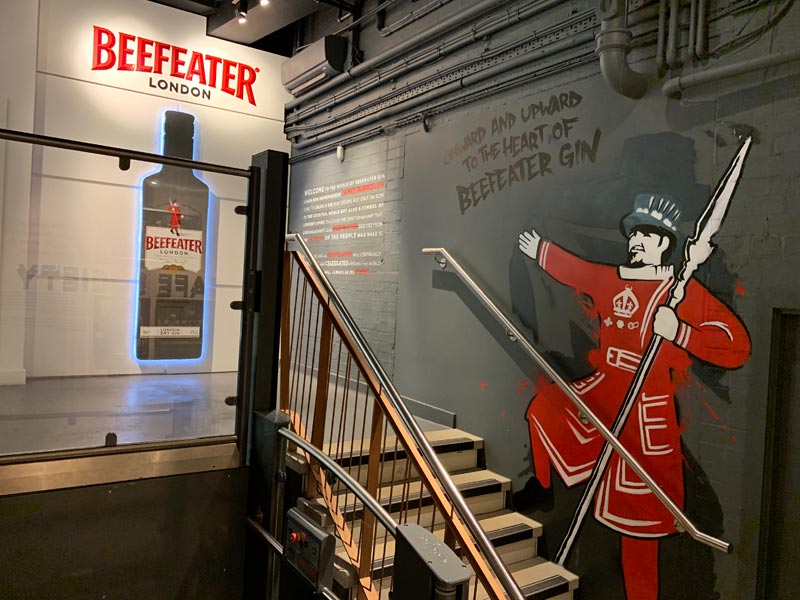
Beefeater Distillery
20 Montford Pl, London SE11 5DE, United Kingdom
Talk about time-tested and true: Beefeater’s London Dry Gin recipe has remained unchanged since the 1800s. Beefeater, London’s oldest gin distillery, opened The Home of Gin, an interactive tour of the history of London gin. Guests can smell, touch, and taste the botanicals in the bold, full-bodied gin inspired by the Yeoman Warders who guard the Tower of London and are known as “Beefeaters.”
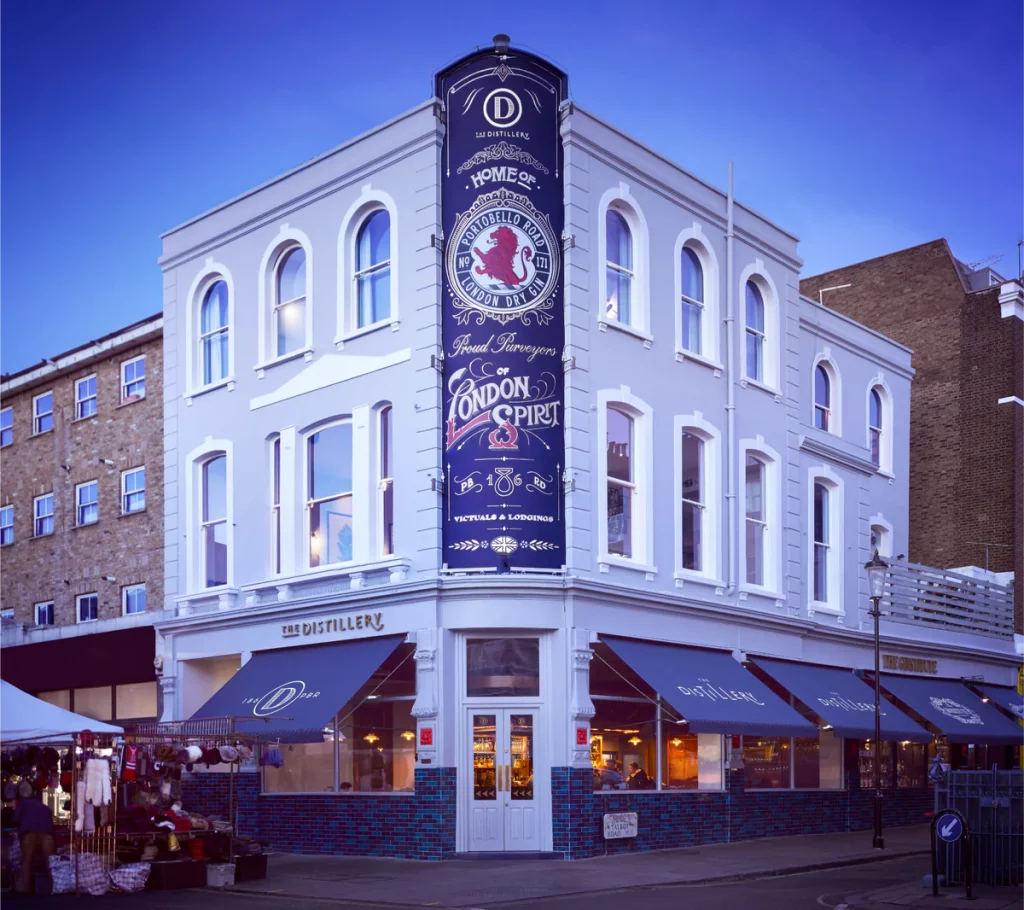
The Ginstitute
186 Portobello Rd, London W11 1LA, United Kingdom
Did you know there are more classic gin cocktails than any other spirit? That’s only one of the things you’ll learn from gin masters Jake Burger and Tom Coates, creators of Portobello Road Gin. They’ve been educating the world about gin for over a decade through The Ginstitute. It occupies two floors above the bar and has been designated the second smallest museum in London for its collection of unique gin memorabilia from around the globe. You can learn to make gin using the 40 botanicals they have on-site. Once you create your gin recipe, it’s kept on file so it can be re-created and shipped off whenever you want another tipple. Head to the beautiful bar downstairs to taste the competition when you’re finished.
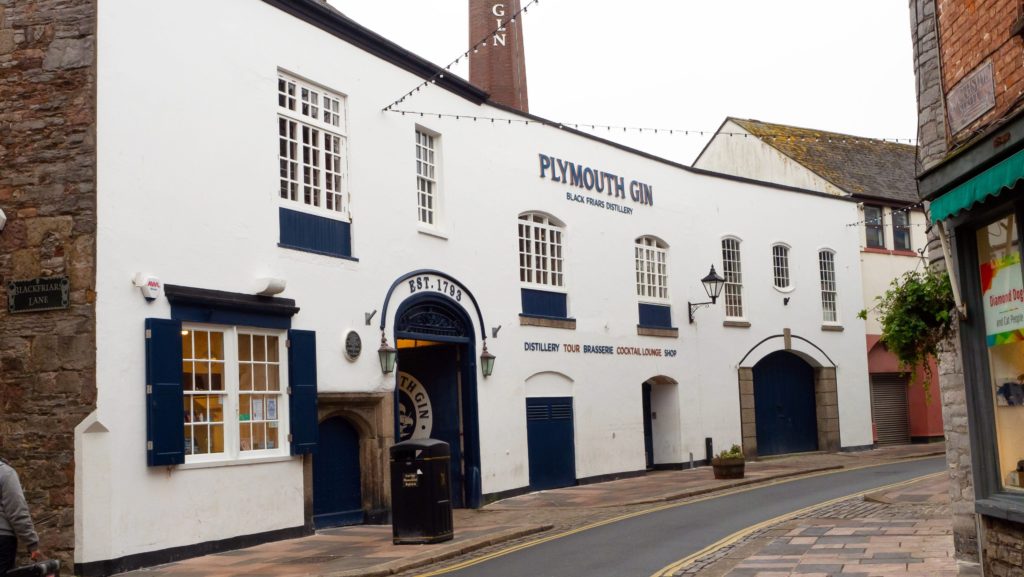
Plymouth Gin Distillery
60 Southside St, Plymouth PL1 2LQ, United Kingdom
A three-hour drive south of London in the quaint seaside town of Devon, the distillery dates to the 1400s and was formerly a monastery of the Black Friars. Today, guests can tour the beautiful and history-rich halls of the distillery and learn to make gin. Fun fact for Americans: in 1620, this is where the Pilgrims spent their last night in England. They walked from the distillery to the harbor and onto the Mayflower for their epic voyage to the place in southern Massachusetts they named New Plymouth. In 1904, the first-ever recipe for a dry martini, published in Stuart’s Fancy Drinks and How to Mix Them, specified Plymouth as the gin to use.
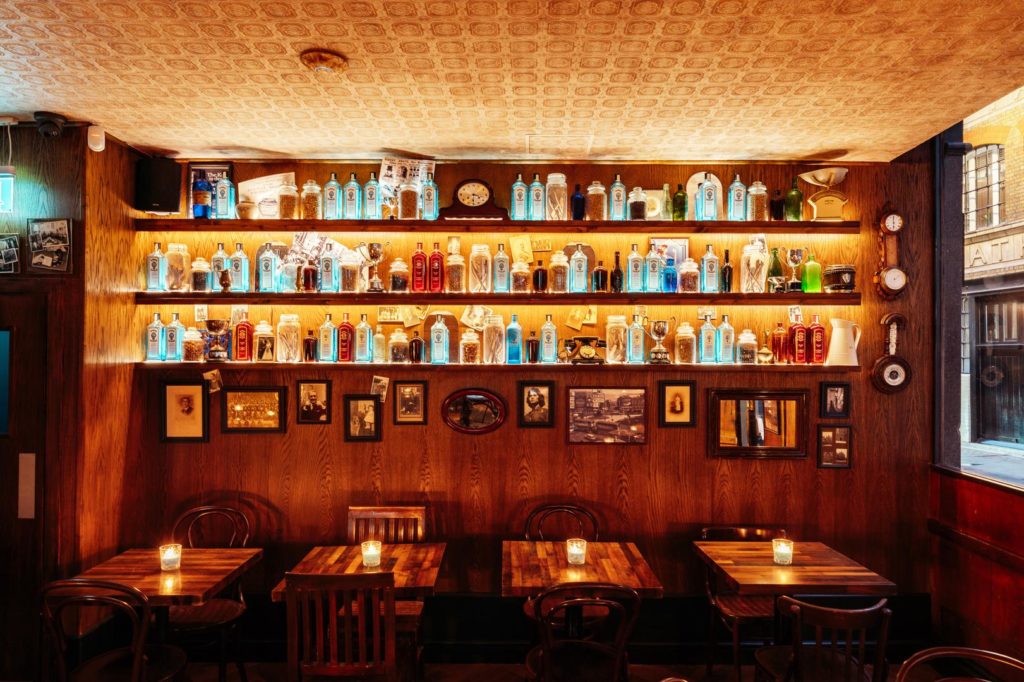
The London Gin Club
22 Great Chapel St, London W1F 8FR, United Kingdom
Let’s start with options. Lots of options. This Soho bar serves more than 130 of the best gins in the world. Come thirsty: the gin cocktail menu is extensive, and the staff will answer every gin question you have. Book a table before you go.
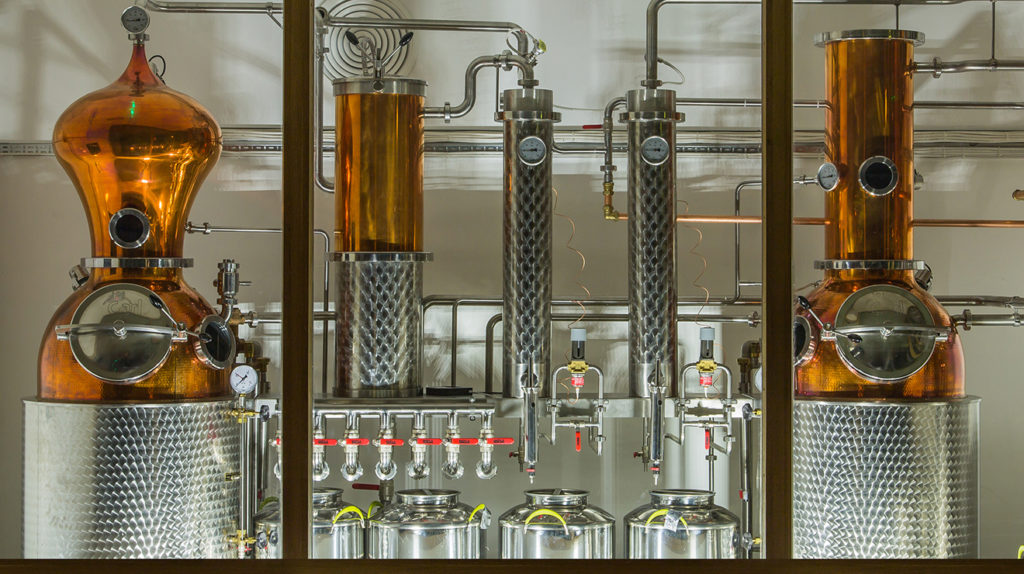
City of London Distillery Bar
22-24 Bride Ln, London EC4Y 8DT, United Kingdom
Suppose 50 gins aren’t enough, head to a bar that distills its own and stocks over 175 gins from the UK and around the globe. Repeat visitors can join COLD’s Connoisseurs’ Collective: for £50 annually ($62), you’ll get half off food, ten percent off total bills every Monday, and complimentary pours from time to time.
This article was originally published on Fathom.
